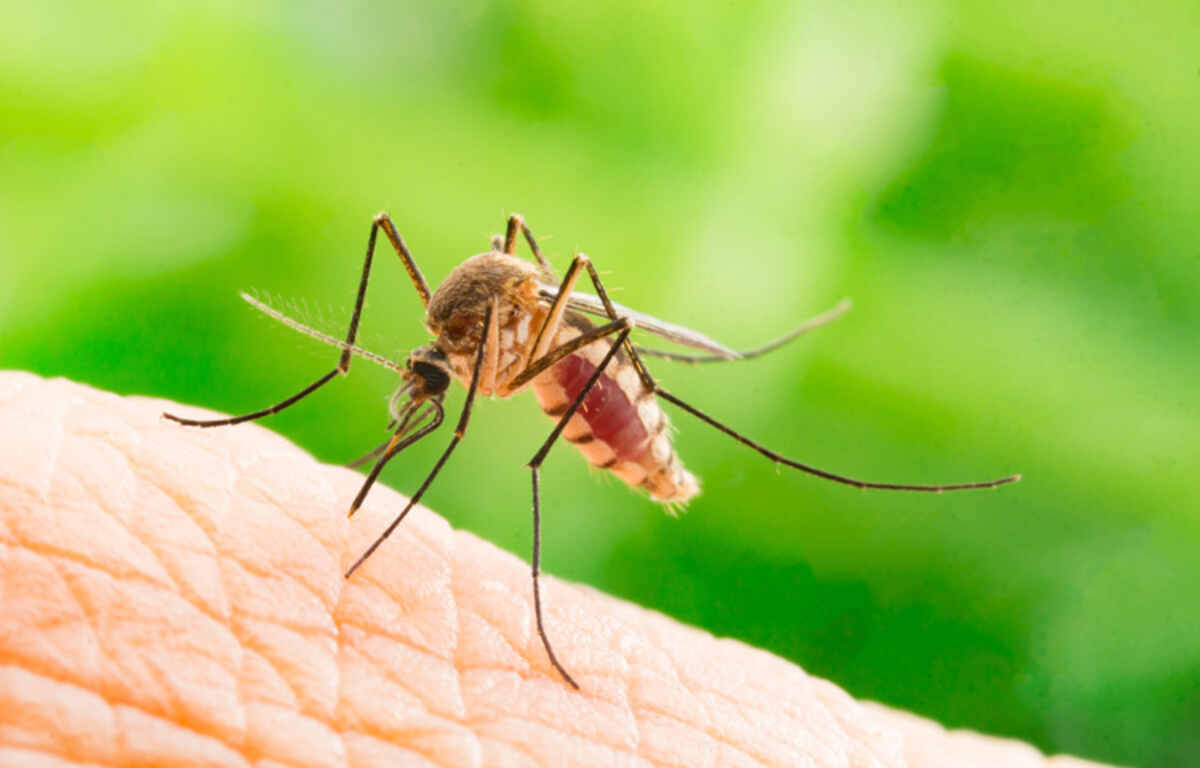Researchers at Sanford Burnham Prebys use modeling to investigate the shape-shifting mechanism of the Zika virus, identify possible vulnerabilities

Sanford Burnham Prebys Research Institute has unveiled new research on the Zika virus and its ability to reshape itself to a possible therapeutic vulnerability. The study highlights how the virus has the unique ability to produce 10 different proteins with limited genetic material, making it a striking example of efficient machinery. The study has discovered that Zika’s crucial enzyme, NS2B-NS3, performs multiple tasks, including breaking up proteins and dividing its own double-stranded RNA into single strands.
The team of researchers led by Alexey Terskikh, Associate Professor at Sanford Burnham Prebys, showed how the virus changes functions based on how it is shaped, cycling between open and super-open conformations, allowing it to grab and release a single strand of RNA. These functions are essential for viral replication. The study also discovered that NS2B-NS3's capacity for reshaping itself could create a possible therapeutic vulnerability.
The virus is transmitted by mosquitoes and infects uterine and placental cells, making it particularly dangerous for pregnant women, who face the risk of giving birth to a baby with severe birth defects. If the virus is deprived of its ability to reshape itself, it would become impossible for it to perform its critical functions, and no new Zika particles would be produced.
Understanding Zika on the molecular level is essential to developing a therapeutic target. While it may be difficult to create safe drugs that aim at the domains of the enzyme required for protease or helicase functions, as human cells have many similar molecules, a drug that blocks Zika's conformational changes could be effective.
The researchers used protein biochemistry fluorescence polarization, supercomputer modelling techniques, and recent crystal structures from the study, combined with earlier research, to dissect NS2B-NS3pro's life cycle. NS3pro and NS3hel are both parts of the essential enzyme, with NS2B-NS3pro carrying out protease activities that cut long polypeptides into Zika proteins. NS3hel, on the other hand, separates Zika's double-stranded RNA while also giving a strand to NS3pro.
Sanford Burnham Prebys research alongside other emerging studies will continue to advance our knowledge of the Zika virus and its unique shape-shifting machinery. With a new understanding of how the virus operates, we may unravel possible targets to tackle its spread and associated health risks.

 How to resolve AdBlock issue?
How to resolve AdBlock issue?